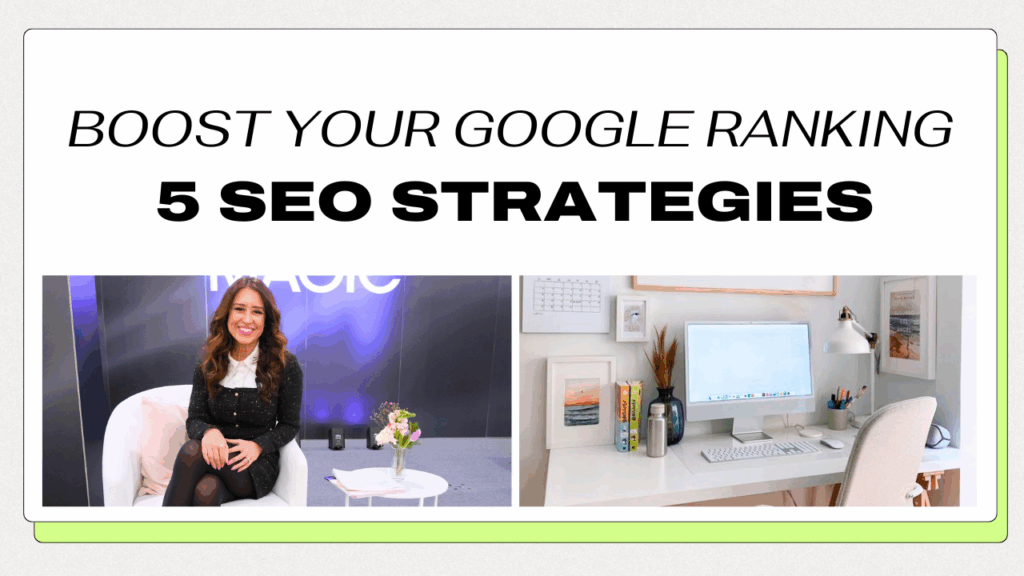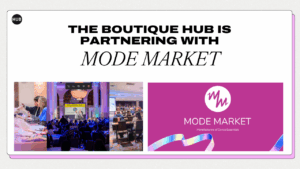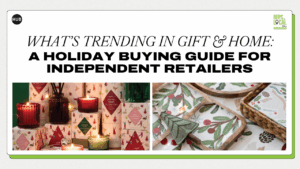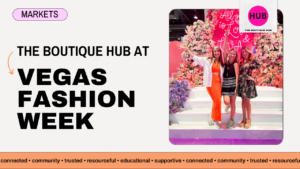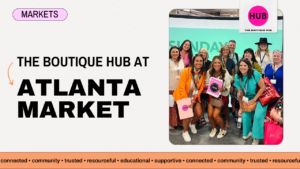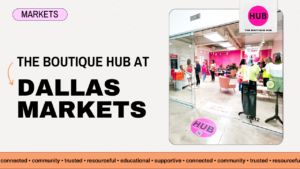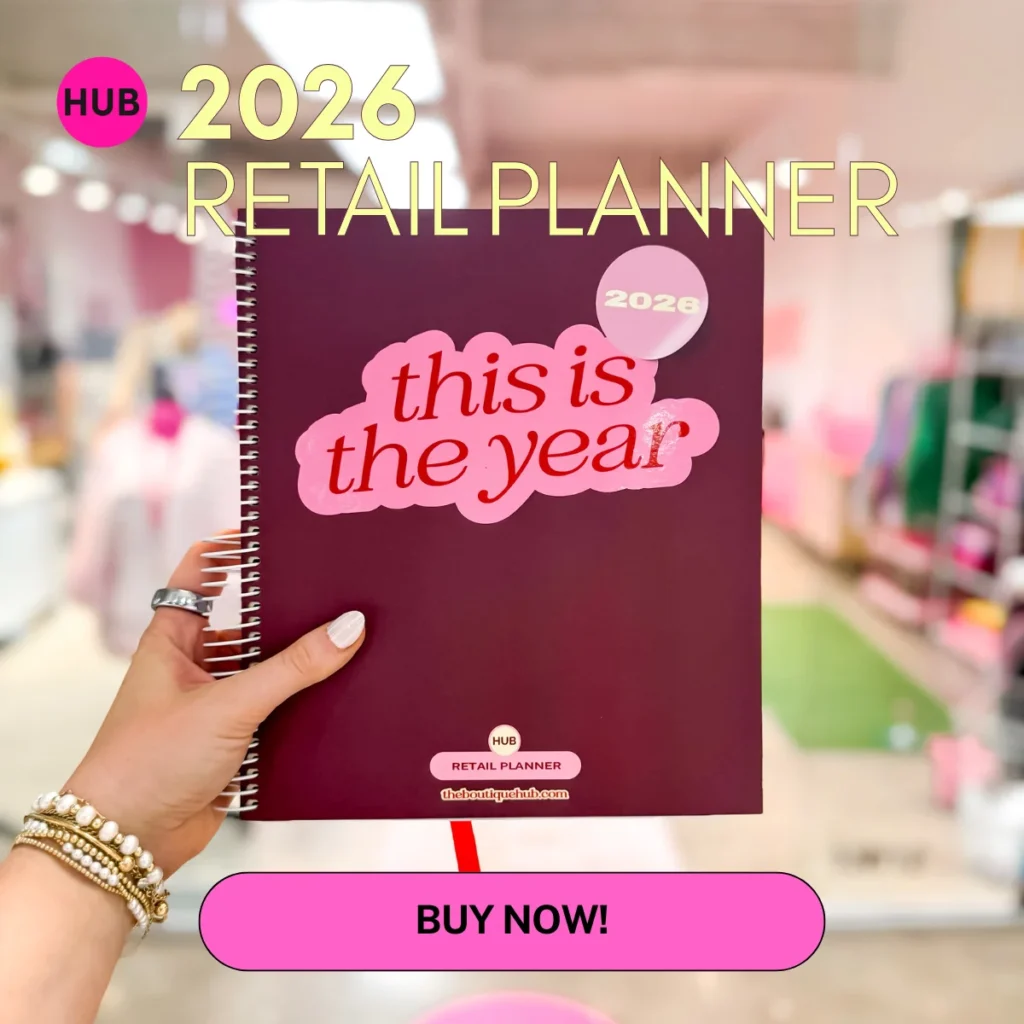Insights from Samantha Conner, Presented to the Heart on Main Street Audience
Are you leaving money—and traffic—on the table?
In today’s fast-moving digital world, even the most beautiful boutique won’t get found without a solid SEO strategy. In a recent Heart on Main Street webinar, Samantha Conner from The Boutique Hub shared five powerhouse SEO tactics that every retail store owner should be using to grow online visibility, attract dream customers, and ultimately drive more sales. If you’re serious about boosting your boutique’s Google ranking, this one’s for you.
Here are the 5 SEO strategies every retail business should be using today:
1. Embrace Google’s Ecosystem
If you want Google to take you seriously, play by its rules. Start with these must-have tools:
- Claim your Google Business Profile – Show up in local searches and maps.
- Set up Google Shopping – Help your products appear in search results where shoppers are ready to buy.
- Launch a YouTube channel – Video content increases visibility and trust.
- Repurpose short-form video – Post clips from Instagram, TikTok, or Facebook to YouTube Shorts to get more mileage.
SEO Keyword Tip: Use location-based keywords (like “boho boutique in Nashville”) in your profile descriptions and video titles.
2. Master Technical SEO on Your Website
Think of your website like your store’s front window—make sure it’s optimized to be found and loved.
- Craft compelling title tags (50–60 characters)
- Write clear meta descriptions (120–160 characters)
- Use city and state in key page content
- Ensure your site loads FAST (especially on mobile!)
SEO Keyword Tip: Use phrases like “women’s boutique in [your city]” and “trendy fall fashion 2025” in your headers and homepage.
3. Build Backlinks that Work for You
Backlinks are like online votes of confidence. The more you have from credible sources, the more Google trusts you.
- Get listed on your local chamber of commerce website
- Create a Pinterest business account and regularly pin your products
- Partner with local schools or community events for sponsorships and press
- Join movements like Pink Friday to gain national exposure and inbound links
4. Install & Use Google Analytics
You can’t improve what you don’t track. Google Analytics helps you understand how shoppers interact with your website.
- See how many people visit your site (and how they got there)
- Track which pages perform best
- Discover top-ranking keywords
- Analyze new vs. returning visitors
Pro Tip: Get a free website audit and see how your online store compares to the top boutiques across the country.
5. Create Consistent, Keyword-Rich Content
Content is still king. Blogging isn’t dead—it’s your SEO secret weapon.
- Start a monthly blog (even short posts make a difference!)
- Share product styling tips, seasonal trends, or behind-the-scenes stories
- Use keywords pulled from your analytics
- Repurpose blog content for emails, social posts, and video scripts
SEO Keyword Tip: Create a blog calendar using high-volume search phrases like “how to style flare jeans” or “boutique gift ideas for moms.”
Final Thoughts: SEO Is a Long Game, But a Worthwhile One
The truth? SEO doesn’t give instant gratification. But when done right and consistently, it becomes one of your most powerful traffic and revenue tools. Start with one or two of these strategies and build from there.
This isn’t about chasing algorithms—it’s about being visible when your ideal customer is looking for exactly what you sell. Catch the entire replay of the Heart on Main Street webinar HERE.
Want more tips like this?
Join our Boutique Hub community where thousands of boutique owners are scaling smarter—with the tools, training, and support they need to thrive both online and off.
Let’s grow your boutique business together.
- The Boutique Hub to Deliver Retail Education at Mode Market 2026
 Mode Market 2026 is raising the bar for dance retailers everywhere. In an exciting new partnership with The Boutique Hub, the February event will now open with a full day of business education designed to help retailers boost sales, sharpen strategy, and build stronger brands. Taking place Wednesday, February 4, 2026, at the Henry B. González Convention Center in San Antonio, this collaboration blends Mode Market’s industry expertise with The Boutique Hub’s proven track record of empowering independent retailers. From mastering email marketing to optimizing in-store merchandising and turning local wins into online growth, attendees will gain the tools and insights needed to thrive in today’s ever-evolving retail landscape.
Mode Market 2026 is raising the bar for dance retailers everywhere. In an exciting new partnership with The Boutique Hub, the February event will now open with a full day of business education designed to help retailers boost sales, sharpen strategy, and build stronger brands. Taking place Wednesday, February 4, 2026, at the Henry B. González Convention Center in San Antonio, this collaboration blends Mode Market’s industry expertise with The Boutique Hub’s proven track record of empowering independent retailers. From mastering email marketing to optimizing in-store merchandising and turning local wins into online growth, attendees will gain the tools and insights needed to thrive in today’s ever-evolving retail landscape. - What’s Trending in Gift & Home: A Holiday Buying Guide for Independent Retailers
 Discover what’s trending in the gift and home industry with this Holiday Buying Guide for Home & Gift Retailers. In partnership with the Reps Are Local Too community, this guide highlights top holiday product trends, buying timelines, and merchandising ideas to help independent retailers plan inventory and maximize profits. Learn when to order, what to stock, and how to connect with local reps to keep your store ahead this season.
Discover what’s trending in the gift and home industry with this Holiday Buying Guide for Home & Gift Retailers. In partnership with the Reps Are Local Too community, this guide highlights top holiday product trends, buying timelines, and merchandising ideas to help independent retailers plan inventory and maximize profits. Learn when to order, what to stock, and how to connect with local reps to keep your store ahead this season. - The Boutique Hub at Vegas Fashion Week
 The Boutique Hub at Vegas Fashion Week We are so excited to announce that The Boutique Hub will be at Vegas Fashion Week! With so many sourcing opportunities, Vegas Fashion Week is a ‘must-attend’ event!
The Boutique Hub at Vegas Fashion Week We are so excited to announce that The Boutique Hub will be at Vegas Fashion Week! With so many sourcing opportunities, Vegas Fashion Week is a ‘must-attend’ event! - The Boutique Hub at Atlanta Market
 Make The Boutique Hub Showroom your first stop in Atlanta! Boutique Hub members save money with “Hub Member Only” market discounts. Check in at the showroom to get your Must See List, Buyers Badge and more
Make The Boutique Hub Showroom your first stop in Atlanta! Boutique Hub members save money with “Hub Member Only” market discounts. Check in at the showroom to get your Must See List, Buyers Badge and more - The Boutique Hub at the Dallas January Total Home & Gift Show + Apparel, WESA + AETA
 The time has come for Dallas Market and the Hub team couldn’t be more excited! We know how busy market days can be so we wanted to make sure you guys are filled in on our schedule so you can come and stop by!
The time has come for Dallas Market and the Hub team couldn’t be more excited! We know how busy market days can be so we wanted to make sure you guys are filled in on our schedule so you can come and stop by!
